Turn Your Building's Utility Bills into Profit with our Proven Proprietary Process!
Discover how your building can make money & cut cost with E-Pro Canada. Book a free consultation to become an Eco-friendly & energy independent business.
E-Pro Canada Clients
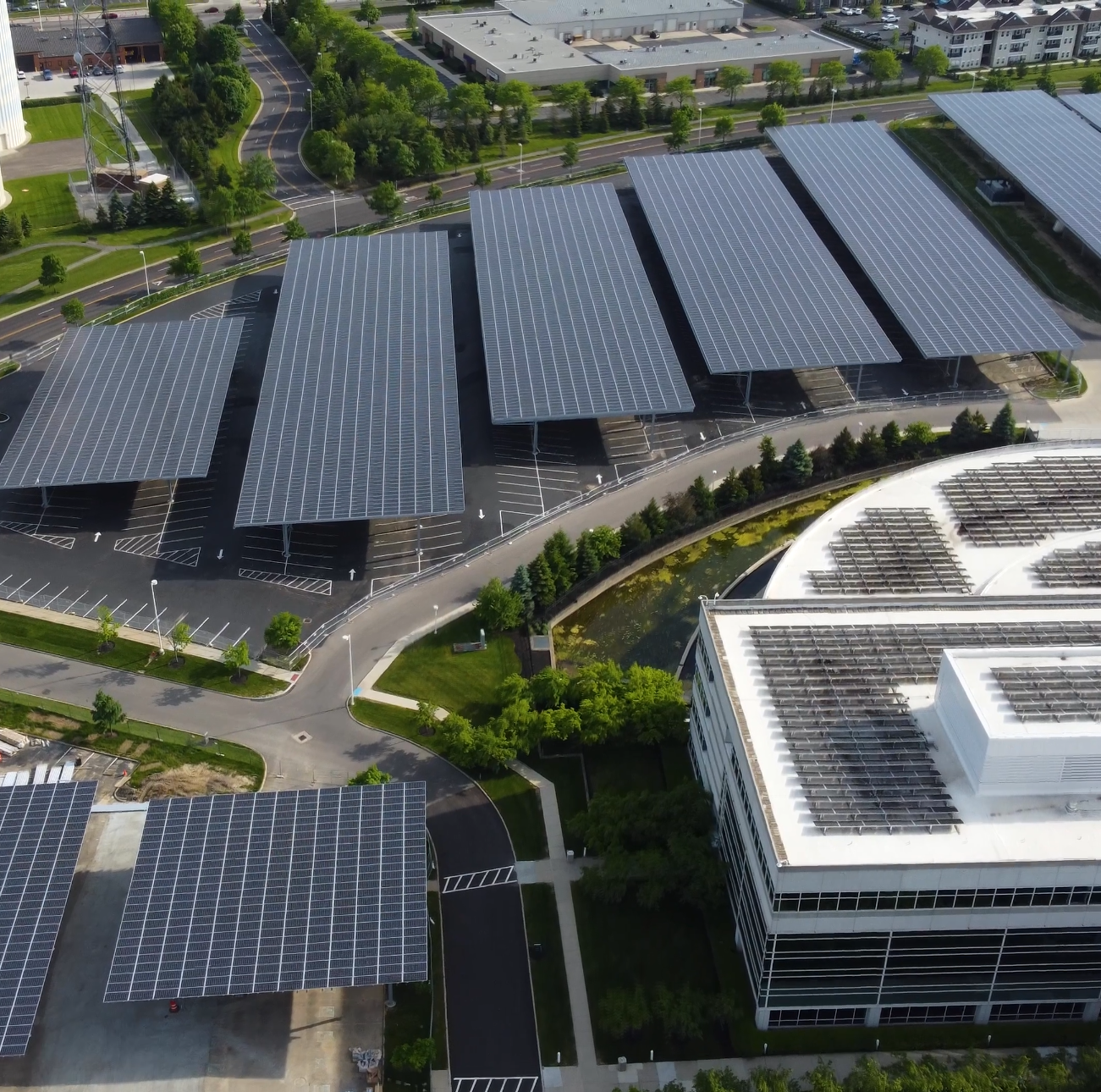
What is E-Pro Canada?
E-Pro Canada is a leading provider of energy-efficient solutions for commercial and industrial properties.
We specialize in offering cutting-edge services such as LED lighting retrofits, solar power system installations, electric vehicle (EV) charging stations, HVAC systems, and geothermal heat pump installations.
Our mission is to help businesses reduce their energy costs, lower their carbon footprint.
We understand that each business is unique. That's why we provide personalized energy solutions designed to meet your specific needs.
Our team of experienced professionals is dedicated to delivering the highest quality installations and providing ongoing support.
We prioritize cost savings by offering energy-efficient technologies that help lower your utility bills and provide long-term value.
What We Do
At a Glance
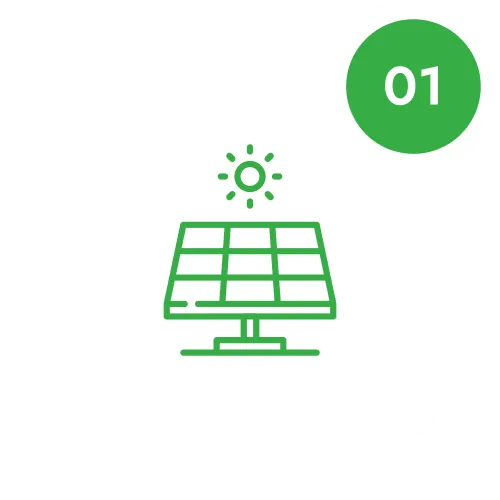
Solar Panels
Solar power systems that offer a clean, cost-effective energy solution.for your business
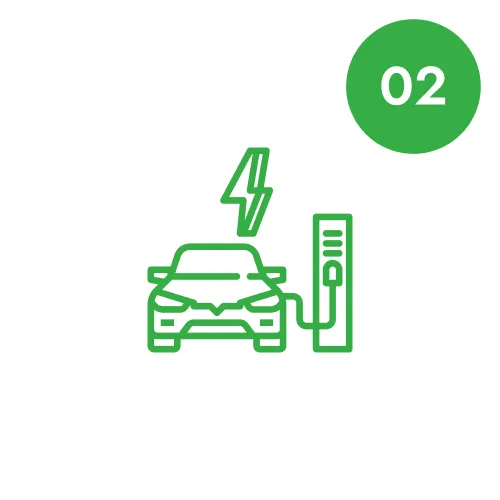
EV Charging Stations
EV charging stations provide convenient, efficient energy for electric vehicles while boosting your profit

LED Lights Retrofit
Upgrade to LED lights for energy-efficient, long-lasting illumination.while lowering your bills

Geothermal Heat Pump
Heat pumps provide energy-efficient temperature control, saving costs while reducing emissions

HVAC
HVAC systems efficiently regulate temperature, improve air quality, & reduce energy costs
E-Pro Canada is Certified by








Why Choose E-Pro Canada?
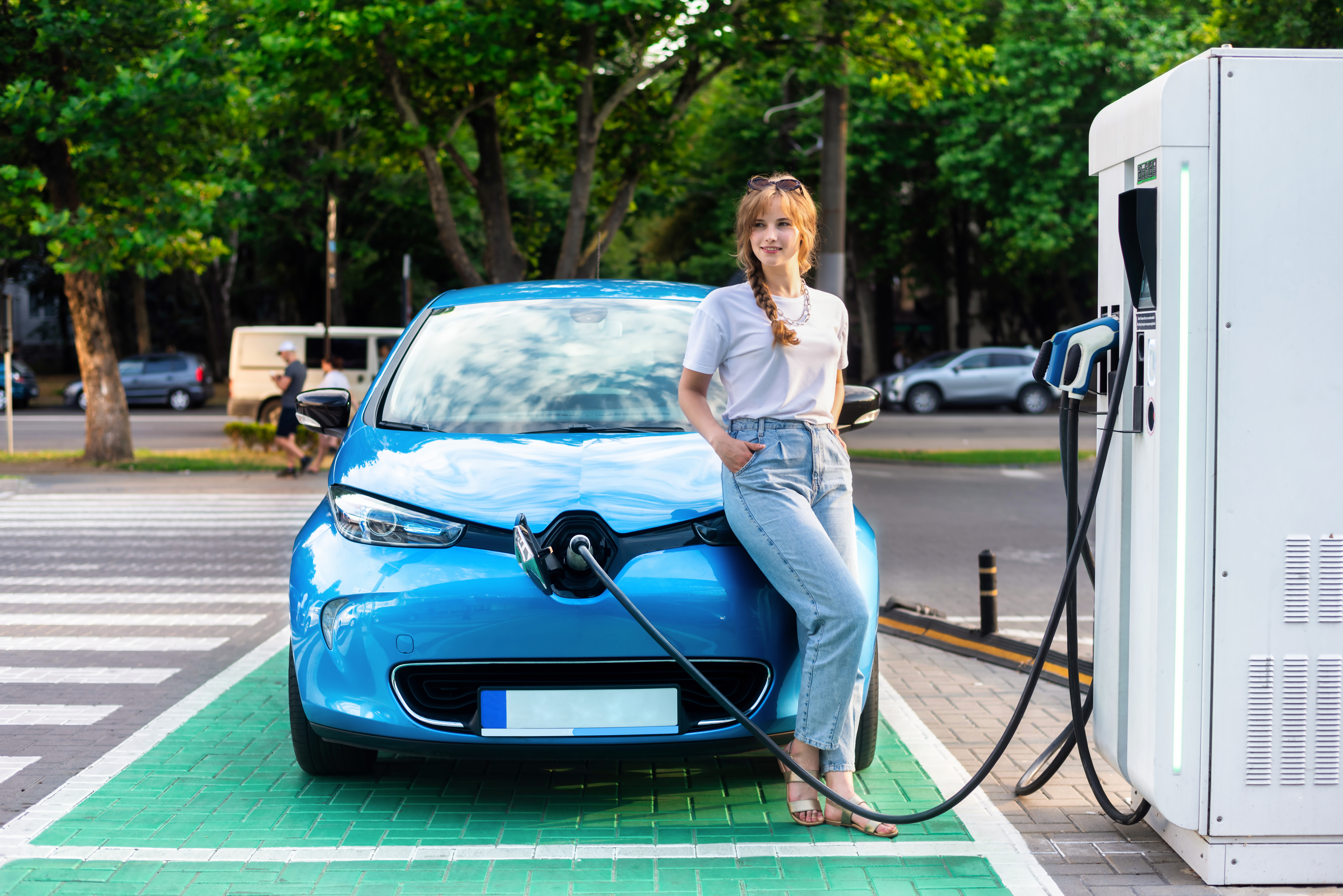
E-Pro Canada stands out as your trusted partner in energy-efficient solutions.
With a focus on reducing operational costs and promoting sustainability, we offer tailored services like LED lighting retrofits, solar power installations, EV charging stations, HVAC systems, and geothermal heat pumps.
Our expert team ensures high-quality installations, excellent customer support, and a commitment to long-term energy savings.
By choosing E-Pro Canada, you're investing in innovative solutions that not only improve efficiency but also contribute to a greener future for your business.

There Are Many Reasons to Go Green!
What Are Yours?
Companies just like yours are going green everyday.
Not only is it good for the planet and not only is it good stewardship for the next generation it also makes good business sense.
Ready to go green? Let's get there together.
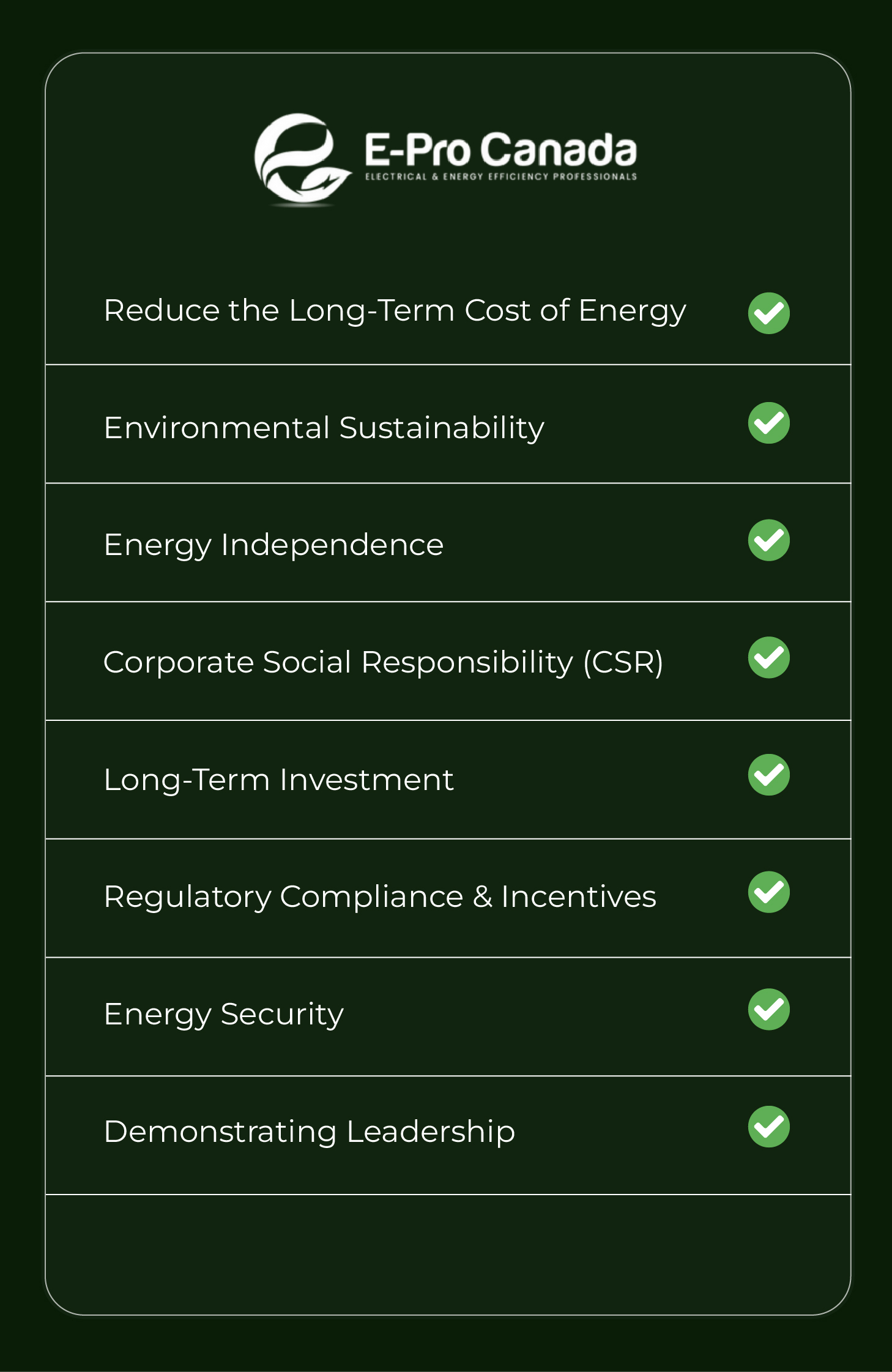

Eco-Friendly
How It Helps You
With a focus on reducing operational costs and promoting sustainability, we offer tailored services like LED lighting retrofits, solar power installations, EV charging stations, HVAC systems, and geothermal heat pumps.
Our solutions help reduce energy costs, increase profitability, and meet ESG goals—all while leveraging government rebates and creative financing options. Benefit from lower utility bills, tax credits, and sustainable systems that drive positive cash flow.
Promptly
Delivered
Expert
Solutions
Seamless
Installation
Expert
Solutions
Seamless
Installation
Promptly
Delivered
How it Works
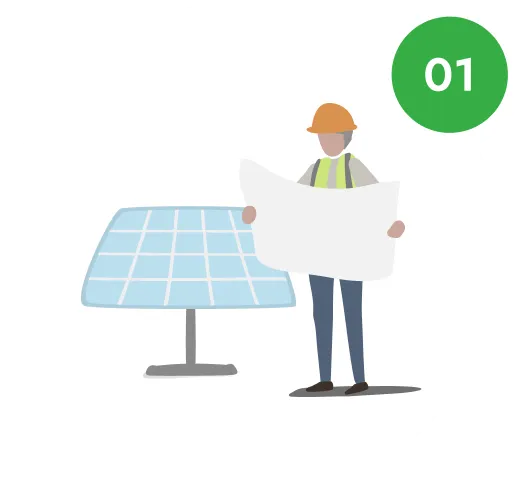
Assessment
We begin with a detailed evaluation of your energy needs, goals, and current setup to identify the most effective solutions.
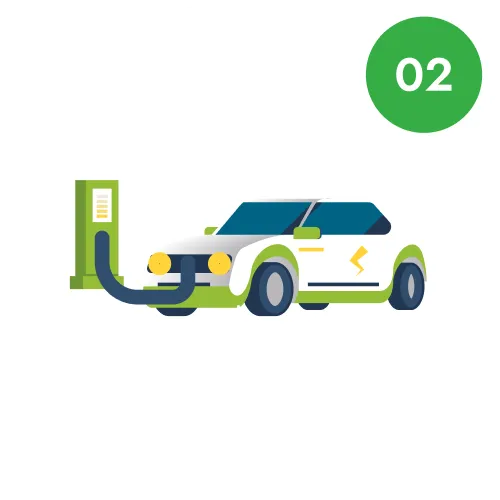
Customized Plan
Our experts design a tailored strategy, recommending the best products and technologies like solar panels, EV charging stations, or LED retrofits to meet your objectives.
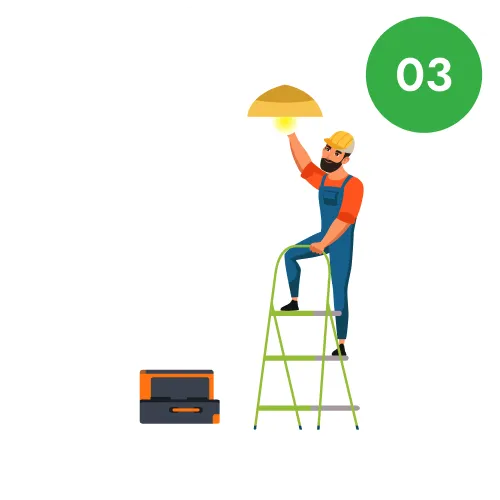
Seamless Install
Our professional team handles the entire installation process, ensuring quick, efficient, and high-quality implementation of your energy solutions.

Result
After installation, we provide continuous support and maintenance to ensure optimal performance and lasting value from your investment.
Testimonials
What People Say About Working with E-Pro Canada
Our Projects
We like to leave a smile on our clients face on every project delivery. Here are a select few projects that we've done and we can do the same and even more for you.
300+____ 100%
Projects Finished ____________ Savings Satisfaction
Projects Finished______________________ Savings Satisfaction
Blog Articles

How to Choose Suitable Lighting for a Warehouse?
Warehouse lighting is a necessary cost that our company has to bear. There are no savings to be made and the best thing we can do is keep expenditure to a minimum.”
If this is what you’re thinking, we completely disagree with you. Your warehouse lighting doesn’t have to impact your business’ bottom line negatively.
Yes, warehouses require many bright lights because they have high ceilings, very few windows, high shelves, and large floors. But they can be well-lit without driving up an electric bill.
A warehouse’s lighting system must do the following:
Increase work productivity
Enhance the safety of workers and their working conditions
Lower maintenance costs
Decrease environmental degradation
Refresh the area’s operational efficiency
There are three common types of lights used in warehouses: high intensity discharge lights, fluorescent lights, and LED lights. And while most warehouse owners and managers have upgraded their lighting systems to LED, some warehouses still feature HID lights and fluorescents. Let’s discuss each of these lights in detail.
HID Lights
HID technology generates light by passing a current between two electrodes secured inside a bulb with ionized gas. There are different types of HID bulbs and they are all named after the gas they contain. Some bulbs use sodium, others mercury, and others metal halide.
HID bulbs are more efficient than halogen bulbs. However, even the brightest HID bulbs do not emit very powerful light. High pressure sodium lights give off very yellow light and metal halides do not produce bright white light, even though their light is better than that of HPS lamps
Pros
They are more energy-efficient than halogen lamps
They are a bit cheaper than LEDs
Cons
They have a strong, blinding glare that can cause headaches or eye strain
They use a lot of electricity
They take a long time to warm up (achieve full brightness) and cool down
They have a very high rate of lumen depreciation
Their color temperature options are very few
They don’t work well with lighting controls
Fluorescent Lights
The first fluorescent lamp was developed by four scientists at General Electric in the year 1934. And while the light has both admirers and critics, there’s no denying the fact that it is better than a HID lamp. For a fluorescent to produce light, an electric current triggers the mercury vapor which generates ultraviolet light, causing a phosphor coating on the lamp’s interior to glow.
Fluorescent lights have 2 advantages over HID lights: They consume less electricity and have more color temperature options (their color temperature ranges between 2700K and 6500K).
But these lights are not free of flaws. They don’t function well in very hot or very cold areas and their lifetimes can drastically decrease if they are used in such areas. Their life expectancies can also go down if they are constantly switched on and off.
Pros
They are more energy-efficient than HID lights
Their color temperature range is wider so the light they produce is brighter
Cons
The bulbs contain mercury which can be poisonous if inhaled or ingested
Disposing of the bulbs is costly because it must be done professionally
They are powered by an alternating current and have a tendency to flicker and hum
They don’t work well with dimmers as their light output can only be dimmed up to 30%
LED Lights
LED stands for light emitting diode. LEDs produce light by exciting semiconductors, causing them to release light particles. The first visible spectrum LED (one that produced light that could be seen by the human eye) was invented by Nick Holonyak in 1962 as he worked for General Electric.
LEDs consume the least energy of all lighting systems and produce better light because they have a greater color temperature range (2700K-6500K). LEDs are also popular because of their flexibility of design. They don’t emit a lot of heat and are cool to the touch.
Pros
They are the most energy-efficient lights and can reduce energy consumption by up to 75%
They have flexible designs as individual bulbs are made up of many small LED chips. This makes them ideal for different applications
They do not create a strong glare
They last much longer than all light sources (up to 100,000 hours) and reduce lighting maintenance costs
Frequent on and off cycles do not affect their lifespans
The lights function well in both high and low temperatures
They can be paired with different types of lighting controls
They have a fuller light spectrum and reveal details about objects other light sources can’t reveal
They retain 70% of their lumens (brightness) up to the end of their lives
Cons
They are slightly more expensive. However, rebates and incentives given by the government and utilities can lower their costs
Just by looking at the pros and cons of each lighting technology, it’s easy to see LEDs are the best. When buying the LED lights, here are some things you need to consider.
Determine How Bright You Want Your Warehouse to Be
One thing you may not be aware of is that the color of your warehouse’s ceiling and walls can determine the amount of light needed in the place. For instance, a warehouse with white walls and a white ceiling doesn’t need very bright lights as white paint reflects light, making a place look brighter. However, a warehouse with gray walls and a white ceiling needs brighter lights as gray paint doesn’t reflect light very well.
If you paint your warehouse’s walls and ceiling white, you may not need to get LEDs that produce a lot of lumens. And if the LEDs consume very few watts, they will significantly reduce the lighting part of your electric bill. If your warehouse has skylights, you can save even more energy by switching off all the lights on sunny days or use smart daylight sensors.
The high efficacy (150lumen/W) LED High Bay light can replace 400W metal halide light to achieve about 62.5% energy savings.
Pay Close Attention to the Color Temperature
Color temperature usually describes the appearance of the light produced by light bulbs. It enables us to know how the light produced by a bulb will look and feel.
The Kelvin scale is used to measure color temperature as it is very accurate at measuring extremely cold or hot things. Light bulbs with a color temperature between 2000K and 3000K are “warm” and their light color ranges between orange and yellow-white.
Those with a color temperature between 3100K and 4500K are “cool” or “bright” and produce neutral white light that may have a blue tint. Light bulbs with a color temperature above 4500K generate blue-white light that is similar to daylight.
In warehouse setting, 5000K is still the most common color temperature to achieve a cool white color offering high brightness and also keeping workers alert.
Optics Are Very Important
In order to make maximum revenue per square foot, modern warehouses have very high ceilings and narrow aisles. Old lighting technologies dispense light sideways and downwards. Because they have wide beam angles, they waste a lot of light by delivering it where it isn’t needed.
Most new LEDs incorporate optics for better performance. Optics shape and focus the light LEDs produce, dictating the illumination pattern. They can make the difference between mediocre and great lighting in a warehouse. They ensure LEDs deliver narrow beam angles which are perfect for high warehouse ceilings and racking systems.
Lighting experts use photometry to determine the foot candles needed in a warehouse and how the light should be distributed across the entire surface. The Lighting Centre can conduct a free lighting audit to determine the best optics for your warehouse.
Don’t Forget Lighting Controls
Lighting controls have significantly changed the way energy is used as they make sure that lights are only on when it’s necessary. They are part and parcel of every great lighting design as they automatically regulate the light output. One of the best things about LEDs is that they work well with all types of lighting controls – from occupancy sensors to dimmers.
You can significantly reduce the energy consumption of your warehouse by installing different lighting controls in different rooms. For example, you can install motion sensors in the lights outside your warehouse and occupancy sensors in the busy areas of the warehouse.
The Fixtures Must Be Properly Spaced
The placement of the lighting fixtures in your warehouse should be just right. Place them too close to each other and they will cause glare and make it difficult for your employees to work, affecting their productivity in the process. Light fixtures that are too close may also create bright spots as their light may overlap.
Fixtures that are too far apart can cause dark spots in a warehouse as some areas will lack light. A lighting designer can recommend the best placement for light fixtures and help you to steer clear of issues like glare, bright spots, and dark spots.
E-Pro Canada is a team of energy efficiency experts. We help businesses that struggle with high utility bills to turn their expenses into profit in just 30 days with a no money down option for system installations.























